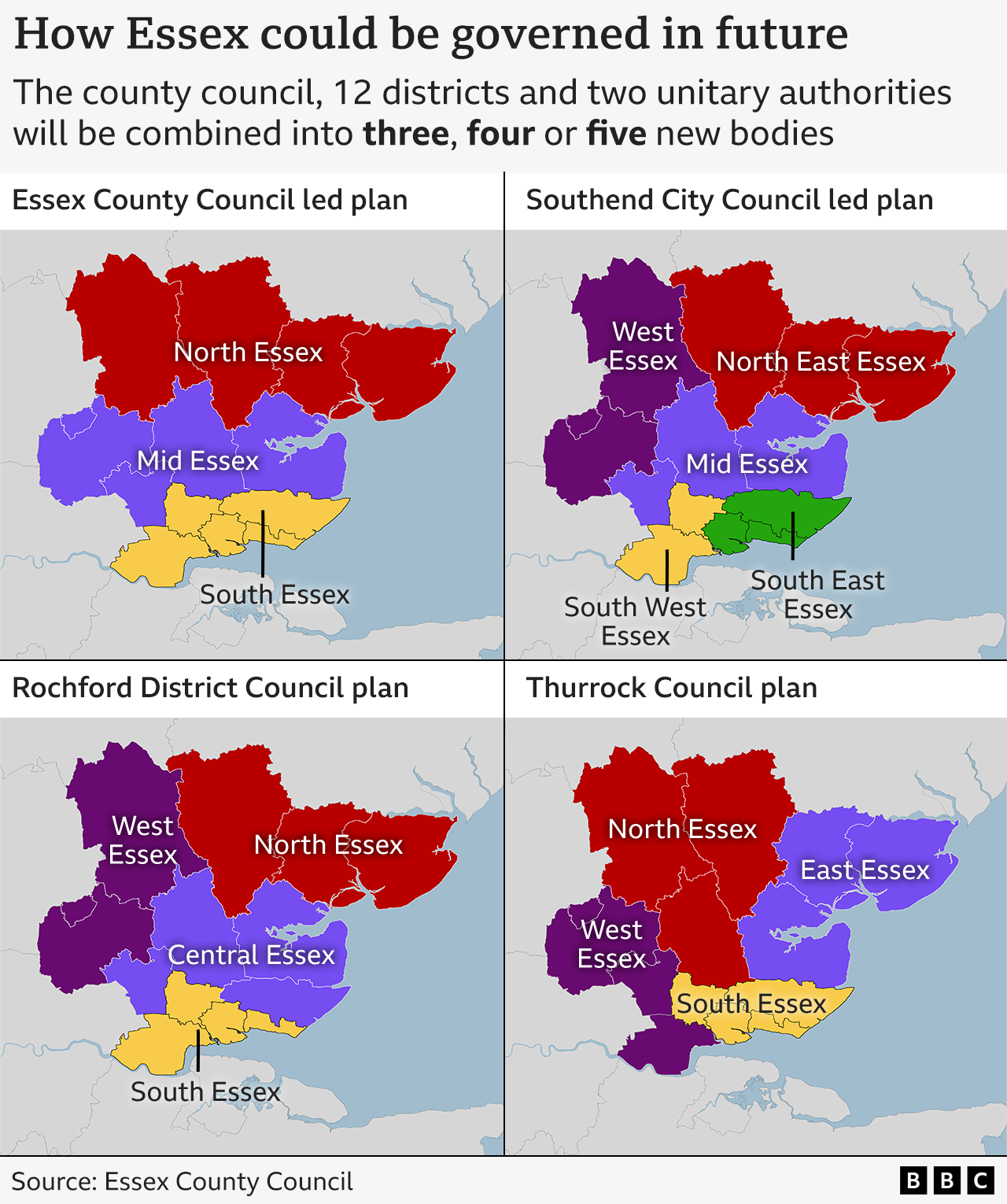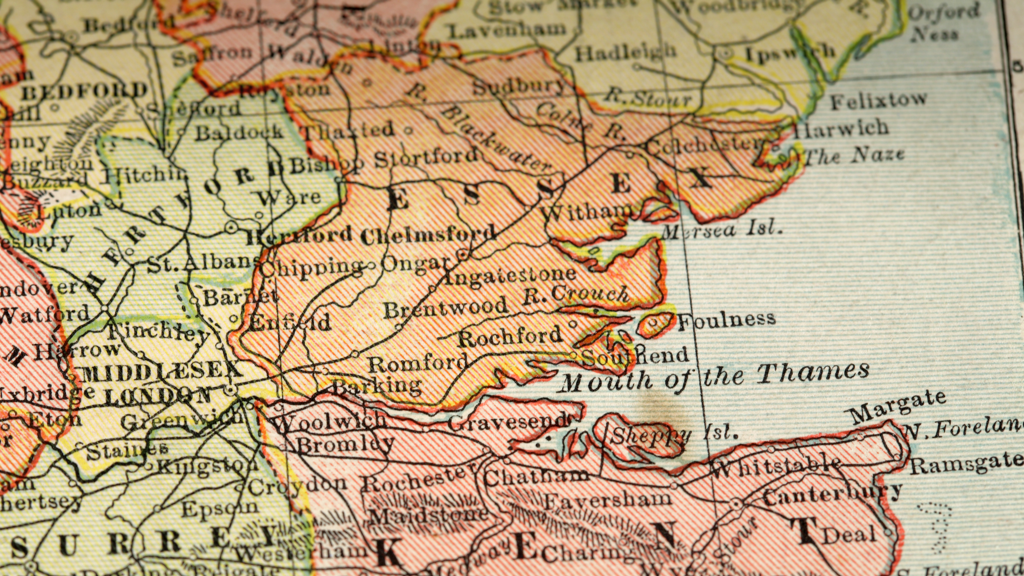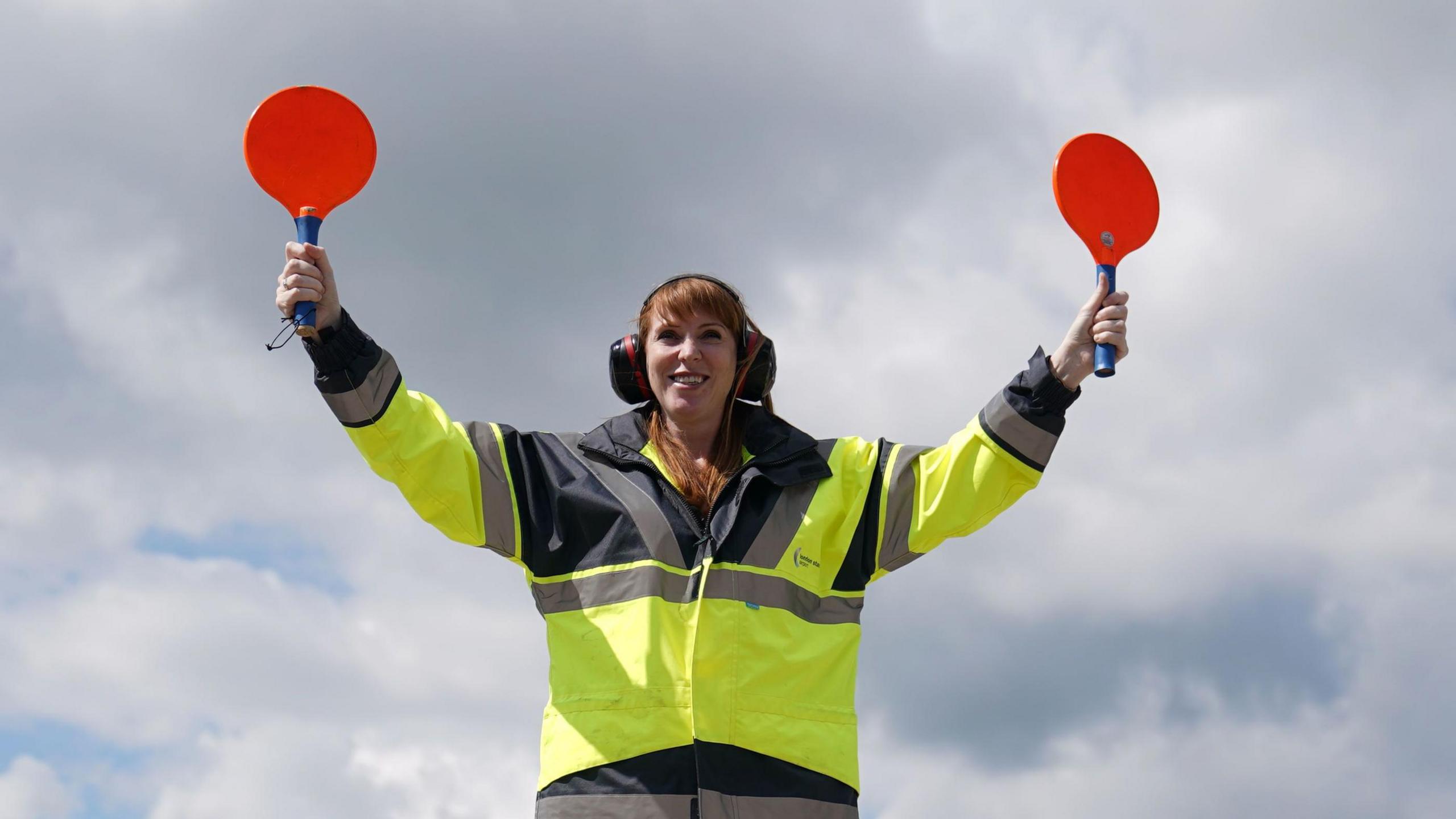Future of local democracy out for consultation

The future of local government has prompted noisy debate at times in the Essex County Council chamber
- Published
All four proposals to radically reshape Essex democracy have been put out for consultation by the government.
The 15 councils in the county will be replaced with either five, four or three all-purpose unitary authorities.
Local Government Minister Alison McGovern told Parliament the government wanted "councils that are close enough to care, but strong enough to reform public services, drive economic growth and empower their communities".
Some have criticised the reorganisation, including local Conservative MP Mark Francois who says he is yet to hear a "truly compelling case" for any of the new models.
But the Labour minister argued "cities such as Colchester, Portsmouth and Norwich can drive growth at the national scale, but we need to make sure the structures around them support, rather than hinder, their ambitions".
The government reviewed all the proposals and decided to put them all to the public., external

The government is launching a seven-week consultation on these plans for new all-purpose councils for Essex
Essex is made up of 12 councils at a district level, which typically look after waste collections, building regulations and leisure services.
Essex County Council is an upper-tier authority, looking after services including social care and child safeguarding.
Southend and Thurrock councils are separate unitary authorities, that provide all local government services.
Under the new model, the whole of Essex would be divided up into a small number of unitary authorities.
Southend-on-Sea and Chelmsford councils produced the five-unitary model for "Greater Essex", which has a population of 1.9 million.
This plan has received the most local political support, from 10 councils and seven cross-party MPs.
Southend council's Labour leader Daniel Cowan has said the model is "locally rooted".
Essex County Council developed the proposal for three unitaries, supported by Braintree and Epping Forest district councils.
The Conservative-run county council said its model "offers the most sustainable foundation for long-term investment".

The writing is somewhere on the wall for Essex County Council, but the exact future for its listed historic chamber is not yet known
Both Thurrock and Rochford councils have suggest a four-unitary model, but they have drawn the borders differently.
Danielle Belton, the Conservative leader at Rochford, said their model was "simpler and more accountable".
Thurrock Council has been approached for comment.
The consultation will run for seven weeks until 11 January. The government says it will review all the responses before making a decision for Essex early next year.
Elections could take place for these new councils in 2027 and replace the existing authorities in 2028.

The Essex coat of arms, used by Essex County Council as its emblem, is originated from the ancient kingdom of the East Saxons
Get in touch
Do you have a story suggestion for Essex?
Follow Essex news on BBC Sounds, Facebook, external, Instagram, external and X, external.
Related topics
- Published9 November

- Published14 September

- Published27 August
